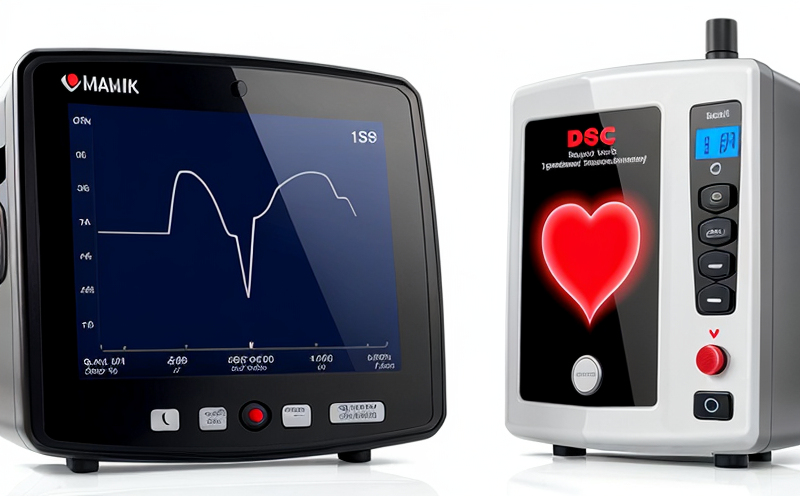ISO 25539-2 Stent Graft Leakage Resistance Testing
The ISO 25539 series of standards is designed to ensure that stent grafts meet the necessary performance criteria, including their resistance to leakage. This testing is critical in ensuring patient safety and effectiveness during surgical procedures involving vascular grafts.
Leakage resistance testing is essential for verifying that a stent graft can withstand the pressures it will encounter within the body without allowing fluid to escape through any defects or openings. This test helps ensure that the device functions correctly under simulated conditions, thereby minimizing the risk of complications such as infections or embolisms.
The ISO 25539-2 standard specifies a method for determining the leakage resistance of stent grafts using hydraulic pressure. The test involves subjecting the stent graft to predetermined pressures and measuring the amount of fluid that leaks out if any. This process is repeated multiple times under different conditions to ensure consistent results.
Before conducting the test, it is crucial to prepare the specimen properly. This includes cleaning the device thoroughly and ensuring all parts are assembled correctly according to manufacturer specifications. Proper preparation ensures accurate testing and reliable results.
The apparatus required for this test typically consists of a hydraulic system capable of generating precise pressure levels, sensors to measure both applied pressure and leakage rates, and appropriate containers to hold the fluid used in the test. The hydraulic system must be calibrated regularly to maintain accuracy throughout the testing process.
Once prepared, the stent graft is placed into the apparatus designed to simulate the environment it will encounter during use. Pressure is then gradually increased until a specified level is reached. During this time, any leakage detected by the sensors is recorded. This information helps determine whether the stent graft meets the required standards for leakage resistance.
After completing the test at various pressure levels, the data collected is analyzed to assess compliance with ISO 25539-2 requirements. Compliance ensures that the device can safely perform its intended function without compromising patient safety or efficacy.
For quality managers and R&D engineers involved in developing new cardiac & cardiovascular devices, understanding these testing procedures is vital for ensuring product reliability and regulatory compliance. By adhering to international standards like ISO 25539-2, manufacturers can demonstrate their commitment to producing high-quality medical products that meet rigorous safety and performance criteria.
Industry Applications
| Application | Description |
|---|---|
| Vascular Grafts | Testing stent grafts for resistance to leakage under simulated vascular pressures. |
| Endovascular Prostheses | Evaluating the integrity of endovascular prostheses used in minimally invasive procedures. |
| Catheter-Based Devices | Ensuring catheter-based devices maintain their structural integrity under varying physiological conditions. |
| Blood Flow Simulation | Simulating blood flow through stent grafts and other cardiovascular devices to assess their performance. |
International Acceptance and Recognition
- The ISO 25539 series of standards is widely accepted by regulatory bodies around the world for evaluating stent grafts.
- These tests are recognized as essential for ensuring compliance with international quality assurance requirements.
- Many countries incorporate these standards into their national regulations, making them a global benchmark in cardiac and cardiovascular device testing.
- The use of consistent methods ensures that results from different laboratories can be compared accurately.
Environmental and Sustainability Contributions
Incorporating rigorous testing such as ISO 25539-2 into the development process helps reduce product failures post-market, which in turn reduces waste associated with defective devices. By ensuring that each device meets stringent performance criteria before release to market, manufacturers contribute positively towards reducing environmental impact and promoting sustainable practices within the medical industry.
Moreover, by adhering strictly to recognized international standards like ISO 25539-2, laboratories play a crucial role in fostering trust between healthcare providers, patients, and regulatory agencies. This trust is vital for maintaining public confidence in the integrity of medical devices throughout their lifecycle.





